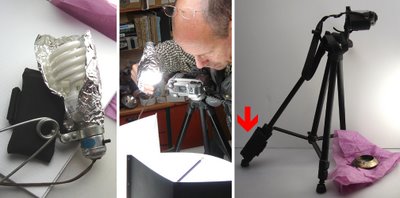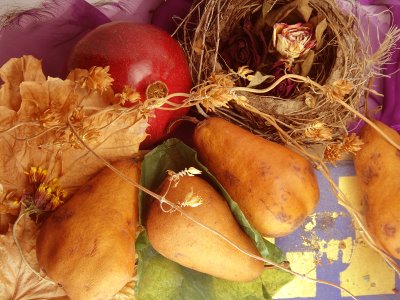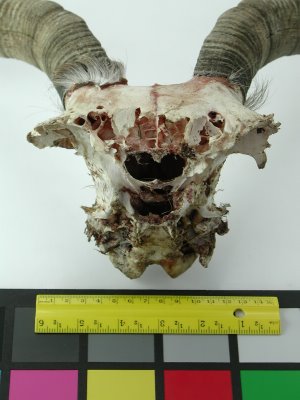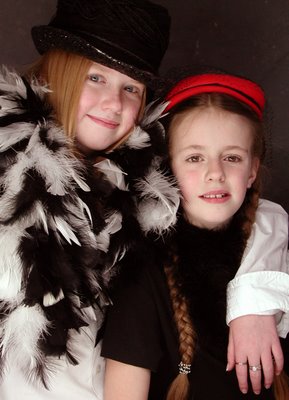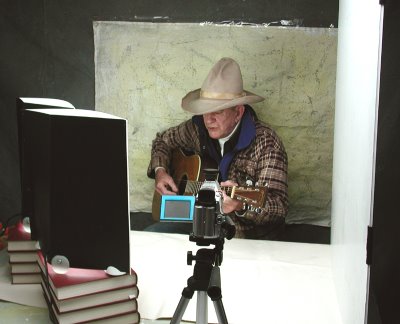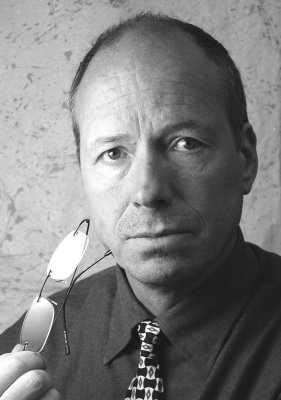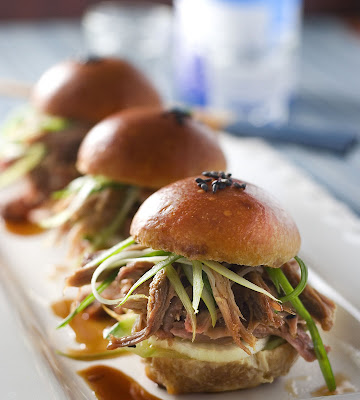
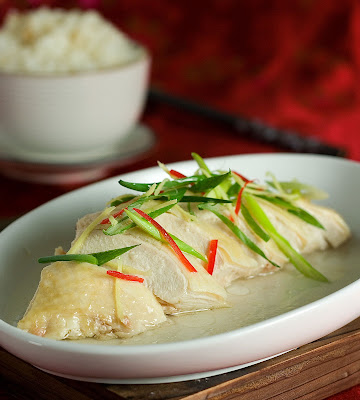
Hey Gary,
I love your EGO blog - just read through every post. I'm a food writer and food blogger and just picked up a digital SLR for the first time last February. Got 2 EGOs a month ago and have been giving myself a crash course in photography as I’m writing a cookbook. My photos came out fabulous for online, but I am finding that for print quality, it's not working well. I was wondering if you could spare a few moments to take a look at what I've taken and perhaps give me some advice!
I currently use 2 EGOs. I have a small table 2.5 ft x 2.5 ft. both EGOs sit on the table with the food as I photograph. I also use a white reflector - usually, I hold the white board above the food to reflect light onto the food from the top. I use only 1 EGO lightbulb in each (I have an overhead regular ceiling fan light that I usually leave on); Canon Rebel XT, alternate between my 60mm macro and 50mm 1.4. Usually I shoot at 3.5 - 6.0 . For these photos, I think I shot some of these at 9-10 (shutter speed automatic). While I thought these photos were really good and the photos would be excellent online, I’ve found that when I look at the color proofs, they are not good enough.
My examples are above:
My concerns-
1) burn out due to lighting too harsh
2) food reflects too much of the light and looks either oily or the reflections are blown out I think my solutions are
1) need to move the EGOs further away (although mine are the same distance as you have in your photos)
2) turn off any other light source other than the EGOs
3) either get another EGO or get a stand to position over the food like you do in your studio
4) more selective focus on the food in front (which I think means shooting at 2.2 -3.5)
Any thoughts? Any advice would be SO helpful!! --Jaden www.steamykitchen.com
Dear Jaden-
Food photography is a black art, usually teamwork between food stylists and photographers - something your links show you are very well doing all alone - seems the EGO is being a good help towards that success.
I would suggest:
a) keeping the EGO lights close, but understanding that nonEGO areas are BLACK, not gray.
b) turn off any other lighting that is bright enough to show up in the highlights of shiny details - unless you happen to like its effect - a small specular "bare" light bulb might be just the ticket - see my notes on Jewelry.
c) selective focus will be possible with less light (one bulb on) but the digital cameras have huge depth of field - use max telephoto settings. You may want to consider renting a medium format FILM camera with medium telephoto lens or better, medium format view camera with tilts and swings.
c) most important trial - get some small double magnets (such as used on the refrigerator) to allow you to hold and to reposition colored gels (such as a thin blue, an thin orange and grey ND) and/or black or white paper strips on the surface of the Ego - these would then be move about the surface to change the contrast, color and interest on the texture and shiny details of the food until you liked the effect. Tape the magnets to the surface of the gel. As it is easy to reach inside of the EGO - repositioning is easy.
Give this last suggestion a try and tell us what the publisher says. (I will add our conversation to the blog).
Gary Regester
Hey Gary,
Thanks SO much for all the advice. I've started shooting with just the EGO lights - and working on placement of the lights at different angles and distances.
Re: gels…great idea – I’ve started using silk fabric and crinkled tissue paper over the EGO which has produced some pretty cool effects.
Hardest part of what I do really isn’t the photography – but it’s the fact that most of the food I shoot - is what we eat for dinner – so my time is a bit limited AND I can’t do any fancy food styling stuff that would make the food inedible.
Attached is my latest round of photography. I think much better!
Jaden






